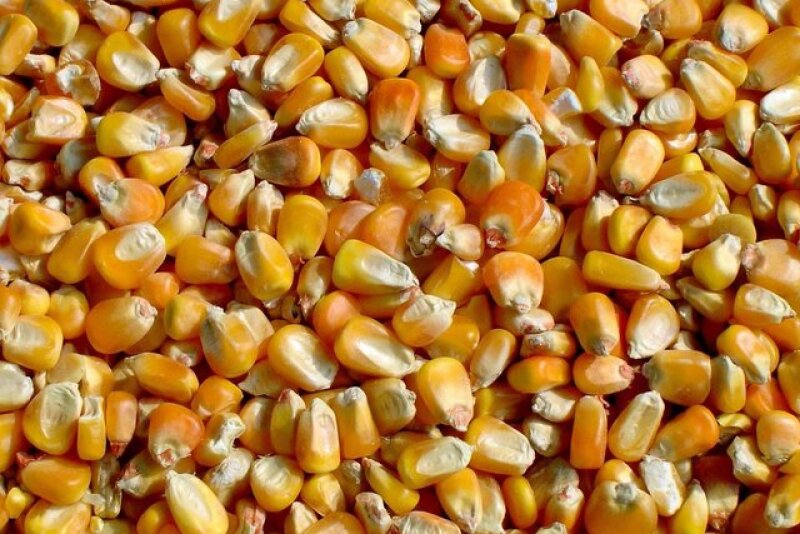Gold’s until recently relentless rally hasn’t done a lot for grain and oilseed futures in 2025. But a sudden plunge for the yellow metal and silver alike got the blame for pressure on the agricultural commodities Tuesday.
Gold has hit a series of all-time highs in 2025, as investors weighed geopolitical turmoil around trade and other issues. Significant buying by global central banks looking to diversify their reserves is also a major driver and has fueled talk of a so-called debasement trade centered on the notion that the U.S. dollar’s role in the global financial system is diminishing due to a host of factors.
Gold’s stunning rally set the stage for Tuesday’s equally stunning setback, with a 5.7% drop marking its largest one-day percentage decline since 2013. It was no surprise that corn, wheat and soybeans took a hit. As Andrey Sizov of SovEcon noted in a LinkedIn post, the outsize drop for gold and silver appeared to force selling of other commodities by funds. For context, he noted that in the most popular commodity market benchmark, the Bloomberg Commodity Index, precious metals account for around 19% of the basket versus 30% for energy and around 23% for grains and oilseeds.
Corn, wheat and nearby soybean futures were higher Wednesday as gold extended its pullback, with ag commodity traders keeping an eye on the precious metals.
Context matters when it comes to the relationship between gold and agricultural commodities. But generally speaking, gold rallies that are driven by investors seeking safe havens tend to be a negative for commodities more tied to the business cycle, noted Kiran Ahmed, lead economist at U.K.-based research firm Oxford Economics.
But aggressive buying of gold by central banks has much to do with the 2025 rally. Despite this week’s stumble, the research firm thinks central-bank demand could serve to drive further gains for gold.
The U.S. dollar is also part of the mix. After all, gold’s rally has been tied to worries over the outlook for the dollar, which remains down sharply in 2025. A weaker dollar is generally seen as a positive for commodities priced in the currency, making them cheaper to users of other currencies.
The ICE U.S. Dollar Index, a measure of the unit against a basket of six major rivals, is down nearly 9% in the year to date. It’s largely traded sideways since July.
That dollar weakness has helped farmers in 2025. Corn exports are running strong, aided by dollar weakness, Ahmed said. And while China continues to shun U.S. soybean purchases, the dollar’s weakness has helped boost sales elsewhere.
The flip side, however, is that a weaker dollar makes imports — including key agricultural inputs — more expensive, she noted.

